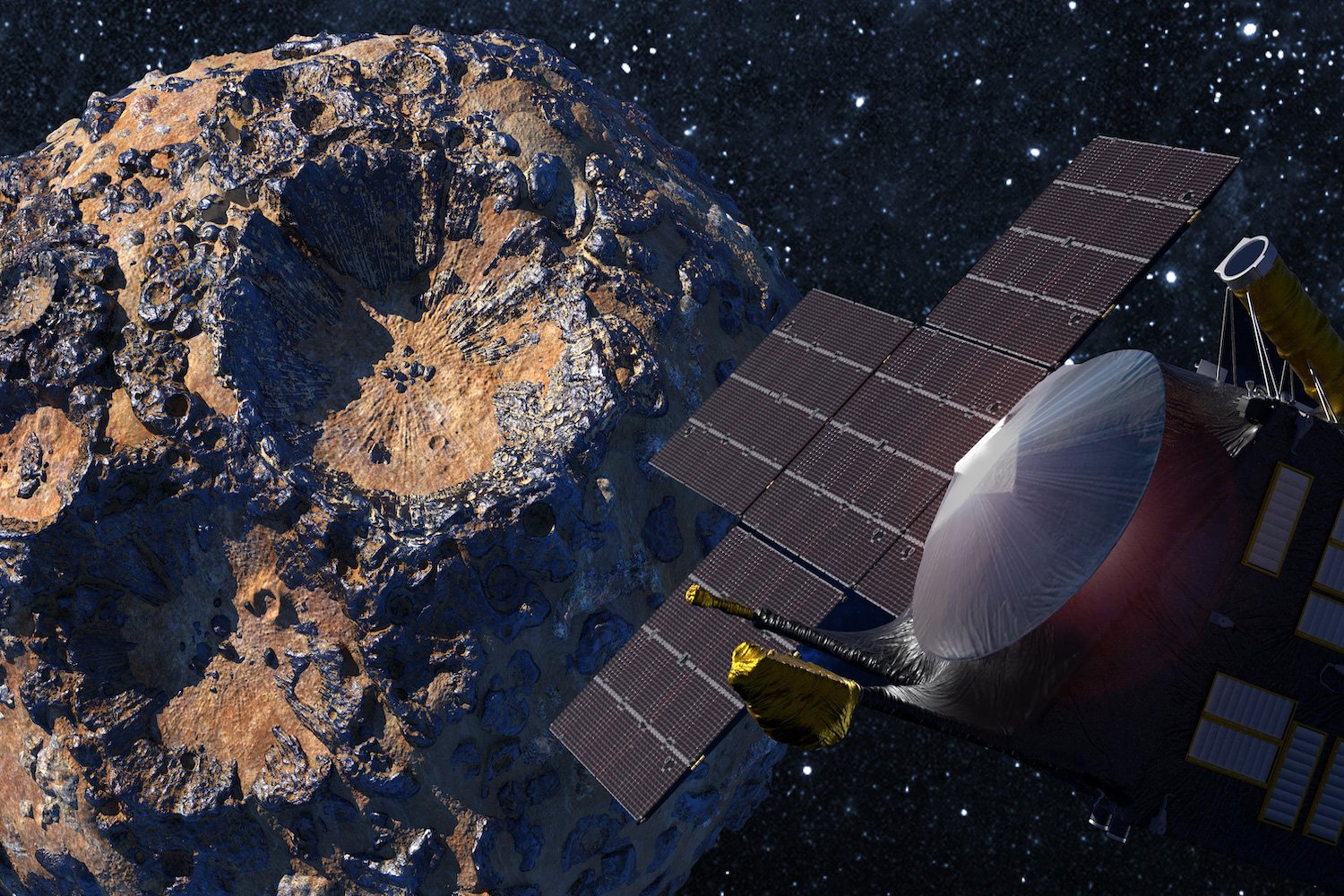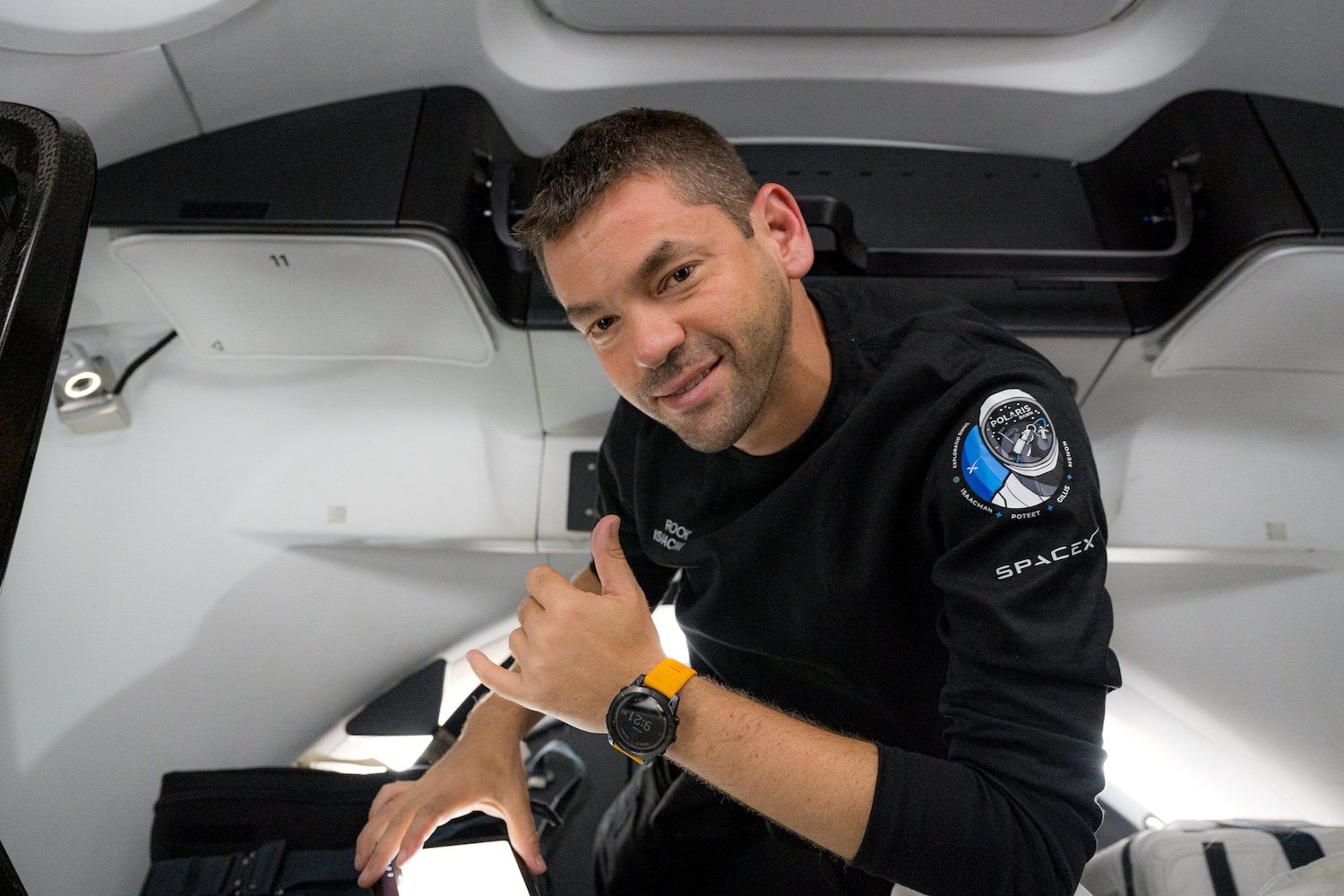Despite a challenging series of Starship test launches, SpaceX founder and CEO Elon Musk remains steadfast in his ambition to use the colossal rocket for human missions to Mars within the next few years. In a recent address, Musk reiterated his intention to launch Starship towards Mars during a 2026 window, while also controversially suggesting that colonizing the Red Planet is crucial in the event of a hypothetical World War III. This unwavering focus on the Starship Mars project underscores Musk’s long-term vision for humanity’s future.
On Thursday, SpaceX shared a video featuring Musk speaking to employees in a company talk titled, “The Road to Making Life Multiplanetary.” The presentation was initially scheduled for Tuesday, coinciding with another Starship test flight that did not go entirely as planned. After Musk was unexpectedly absent from the original streaming time, the 42-minute video was posted on SpaceX’s X account without further explanation regarding the timing of the actual address. True to form, Musk presented grand aspirations for Starship, largely sidestepping the rocket’s three consecutive launch failures.
Musk’s Multiplanetary Vision: Mars as Humanity’s Next Frontier
During his address, Elon Musk emphasized that “Progress is measured by the timeline to establishing a self-sustaining civilization on Mars.” He elaborated, “Each launch is about learning more and more about what’s needed to make life multi-planetary and to improve Starship to the point where it can be taking, ultimately, hundreds of thousands, if not millions, of people to Mars.” This highlights the iterative learning process SpaceX embraces with each Starship test.
Musk positions Mars not merely as an exploration target but as an essential “lifeline for humanity,” critical “for the long term survival of civilization.” He argues that a multiplanetary existence could extend a civilization’s lifespan tenfold, offering a safeguard against terrestrial catastrophes. “There’s always some chance that us humans could do something crazy like World War III,” he remarked. “Hopefully not, but it’s possible.” This perspective frames the ambitious Mars colonization effort as a precautionary measure for humanity’s endurance.
Starship’s Rocky Road: Ambitious Goals Meet Harsh Realities
Starship is the cornerstone of Musk’s ambitious strategy to create human settlements on Mars. However, the path has been fraught with challenges. Prior to its latest test, Starship experienced significant setbacks, including two consecutive explosions during earlier flight attempts. While SpaceX highlighted numerous improvements made to Starship before Flight 9, the vehicle encountered an unrecoverable spin approximately 30 minutes post-launch. Although this flight pushed Starship further than its predecessors, it still fell short of several key objectives. These included the deployment of eight simulated Starlink satellites, an in-space relight of one of its Raptor engines, and testing the rocket’s engine performance during atmospheric reentry.
The Evolution of Starship: Version 3 and Upgraded Raptors
In his talk, Musk notably omitted direct references to Starship’s recent test flight shortcomings. Instead, he focused on what he termed “clear highlights” from the rocket’s development, such as an “epic booster catch on October 13, 2024.” Starship, already the largest rocket ever constructed at 397 feet (121 meters) tall, is set for further enlargement. According to Musk, Starship Version 3 will reach approximately 408 feet (124.4 meters). Beyond its increased size, this next iteration will feature an upgraded design aimed at enhancing reliability. A crucial element is an upper stage capable of being refueled in Earth orbit, a prerequisite for enabling journeys to distant destinations like Mars. The vehicle will also be equipped with improved Raptor engines.
“The upgraded Raptors have a complete redesign of the aft end of the booster and the ship,” Musk explained in a recent interview with Ars Technica. “So, because we don’t need the heat shield around the upper portion of the engine, it greatly simplifies the base of the booster and the ship. It’ll look a little, frankly, naked, especially on the booster side, because the engines will just be there, like, not with stuff around them.” This redesign aims for greater efficiency and simplicity in the powerful engines.
Timelines and Hurdles: The Race Against Expectations
The SpaceX CEO is targeting the first flight of Starship Version 3 by the end of the current year. Following that, he aims to capitalize on an upcoming Mars launch window at the close of 2026. “We’ll try to make that opportunity, if we get lucky,” Musk stated during his presentation. “I think we probably have a 50/50 chance right now.” This acknowledges the significant challenges that remain in achieving such an aggressive timeline.
Experience suggests that Musk’s timelines are often optimistic. A substantial Starship redesign, as planned with Version 3, appears necessary to overcome the recent performance slump. Furthermore, until SpaceX can reliably demonstrate in-orbit refueling—an indispensable capability for any Mars mission—the Starship Mars endeavor, while inspiring, remains closer to a visionary concept than an imminent reality. The successful execution of these technical milestones will be critical in transforming the dream of a Martian colony into a tangible future.
In conclusion, while Elon Musk’s determination to reach Mars with Starship is undiminished, the path ahead is paved with considerable technical and logistical obstacles. The upcoming Starship V3 and the crucial test of in-orbit refueling will be pivotal in determining if SpaceX can meet its ambitious 2026 Mars objective. For now, the world watches to see if these bold plans for multiplanetary existence can overcome the inherent complexities of deep space travel and rocket engineering.











